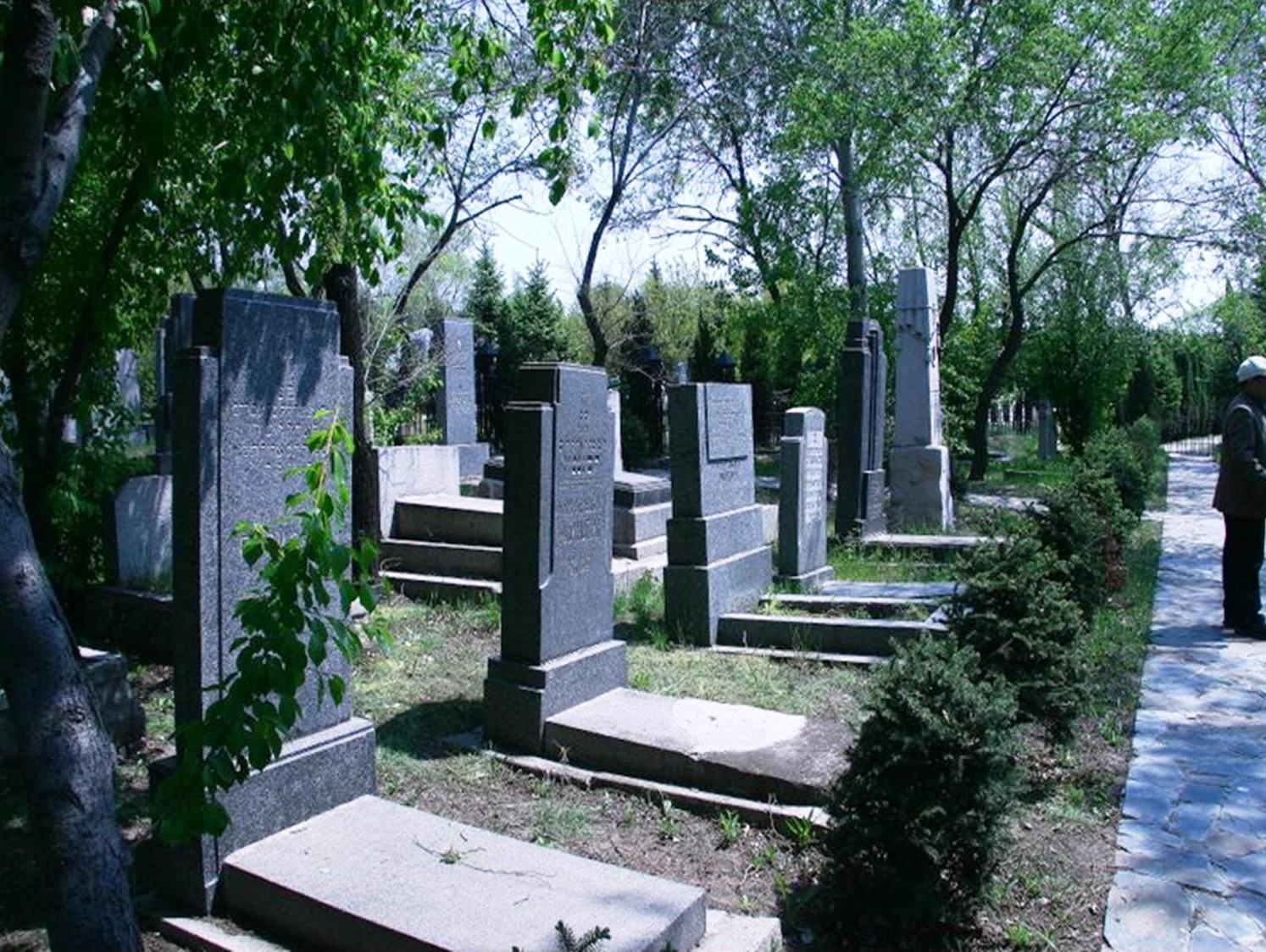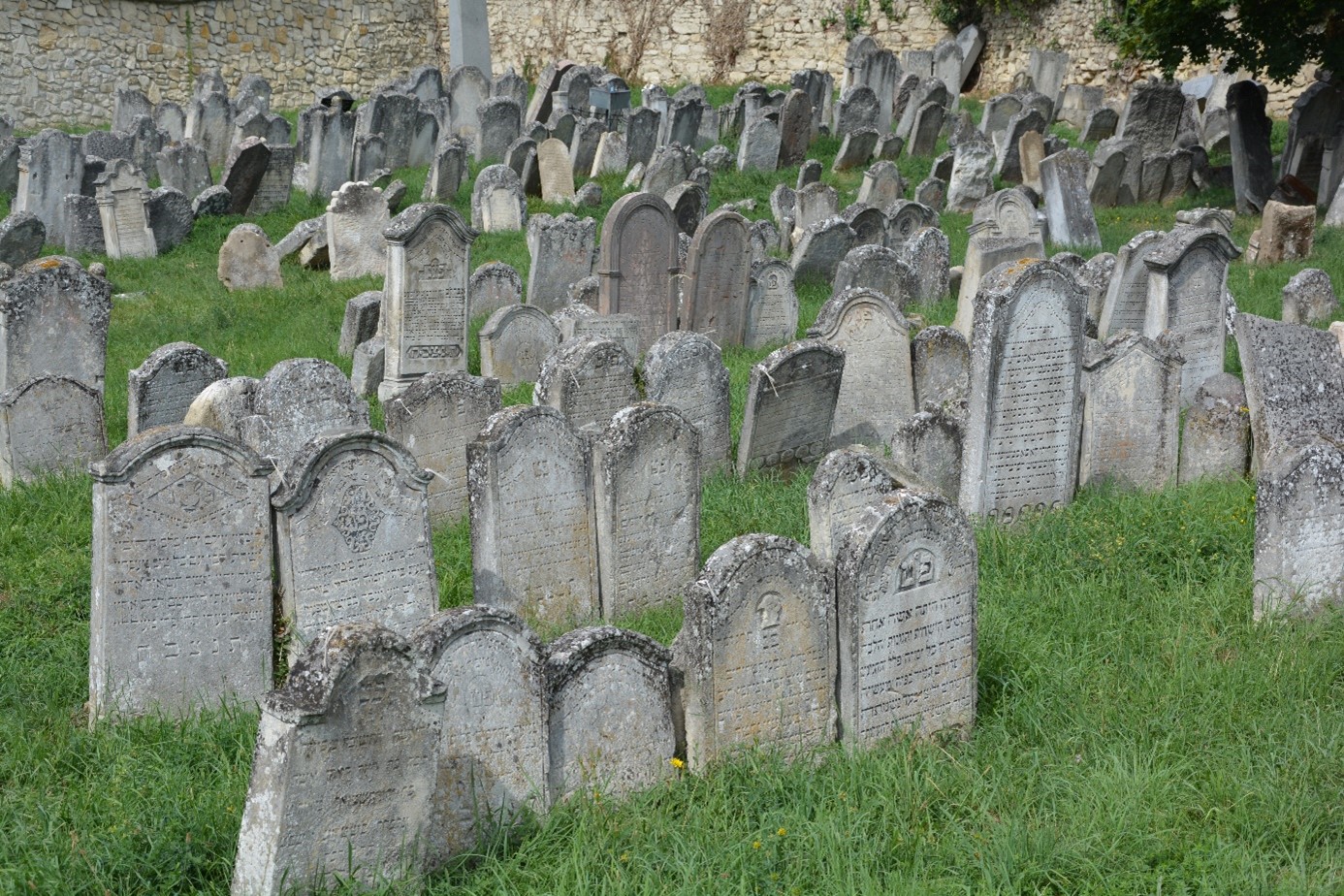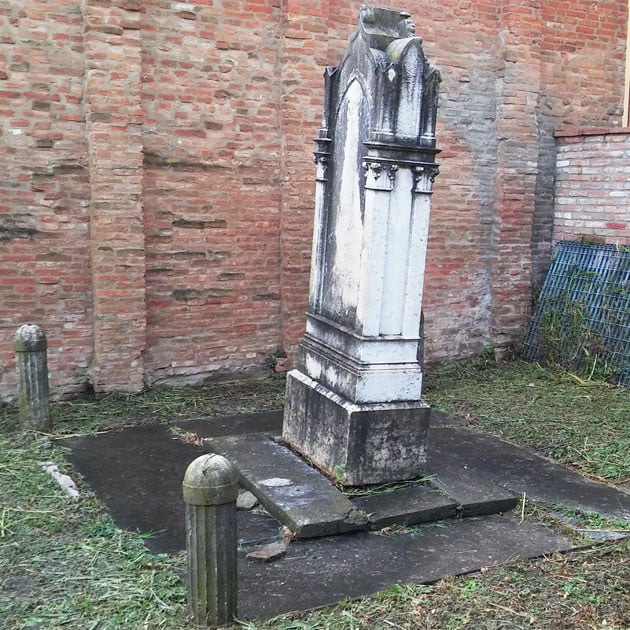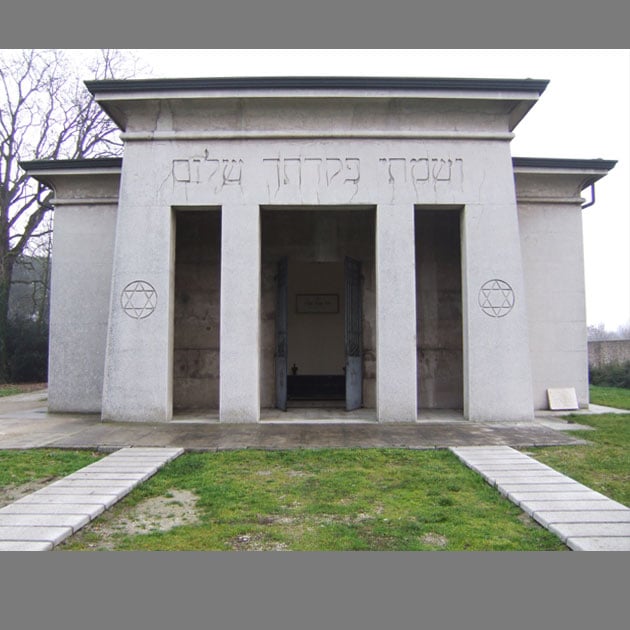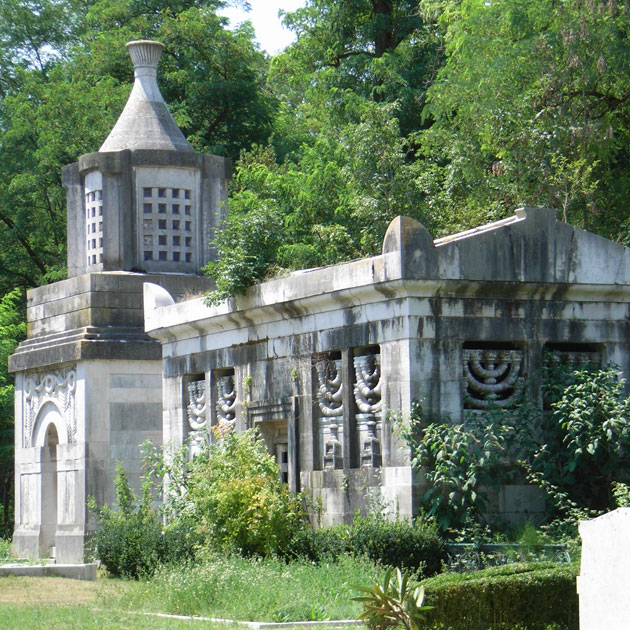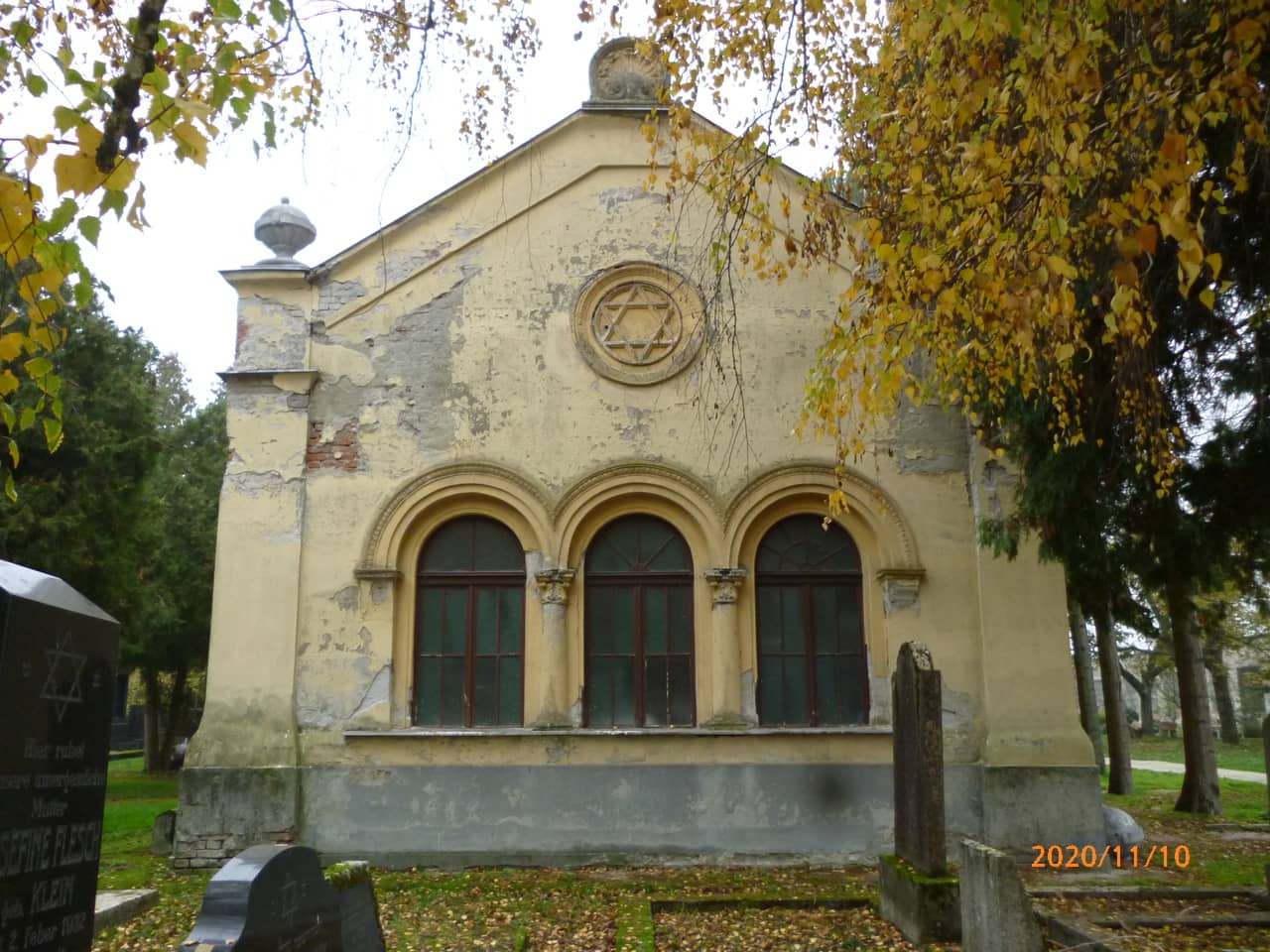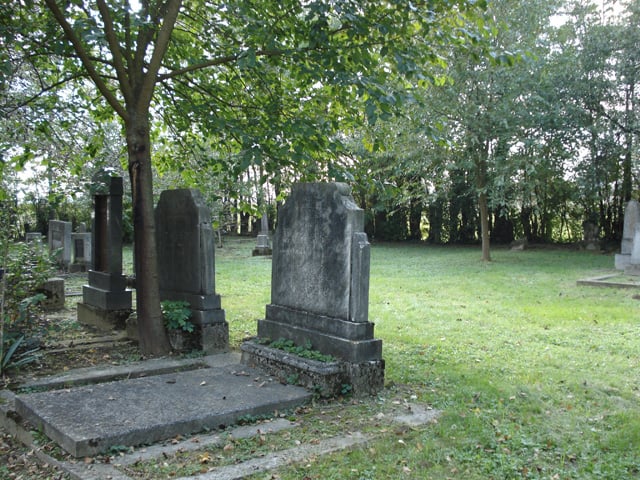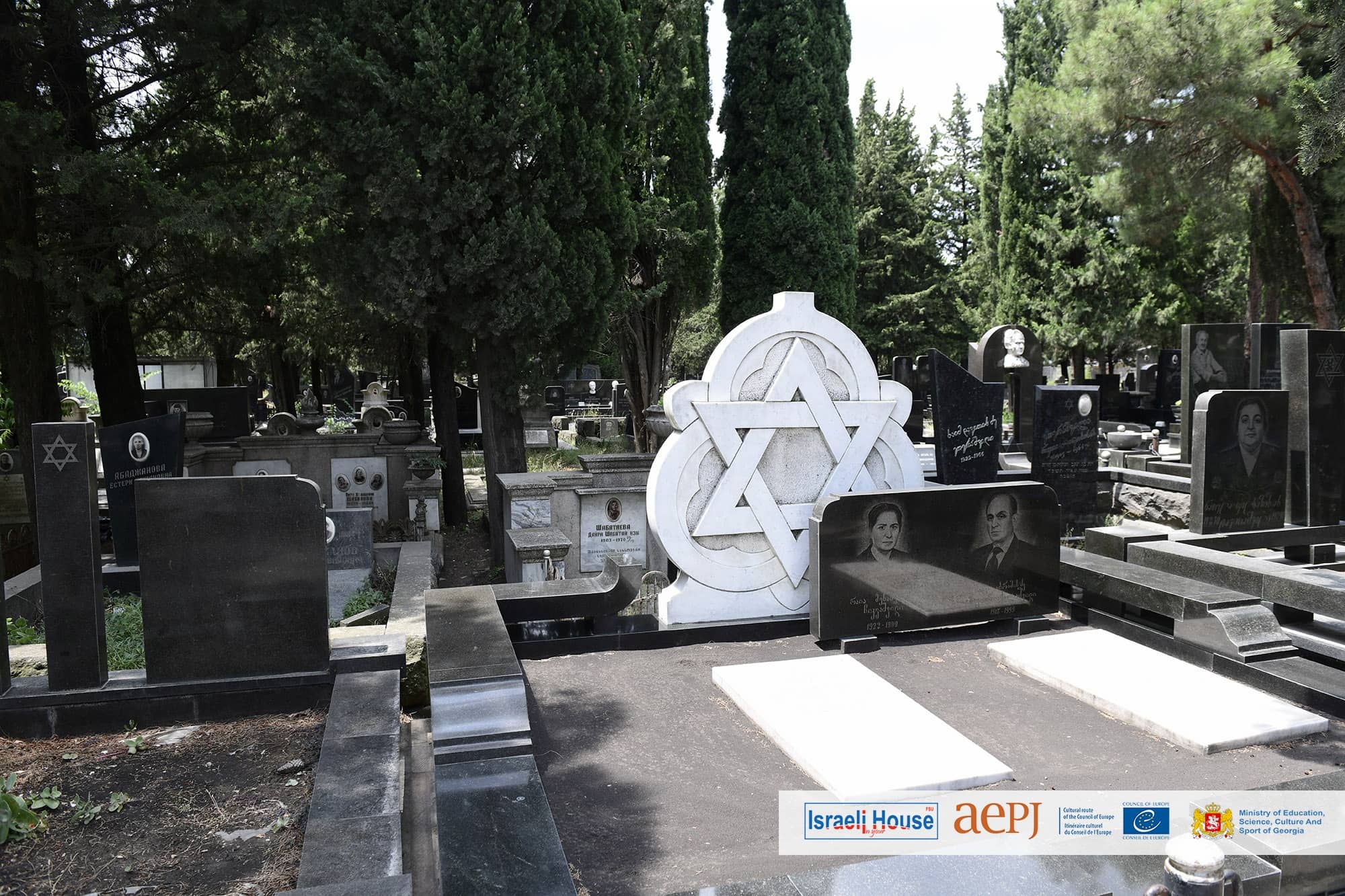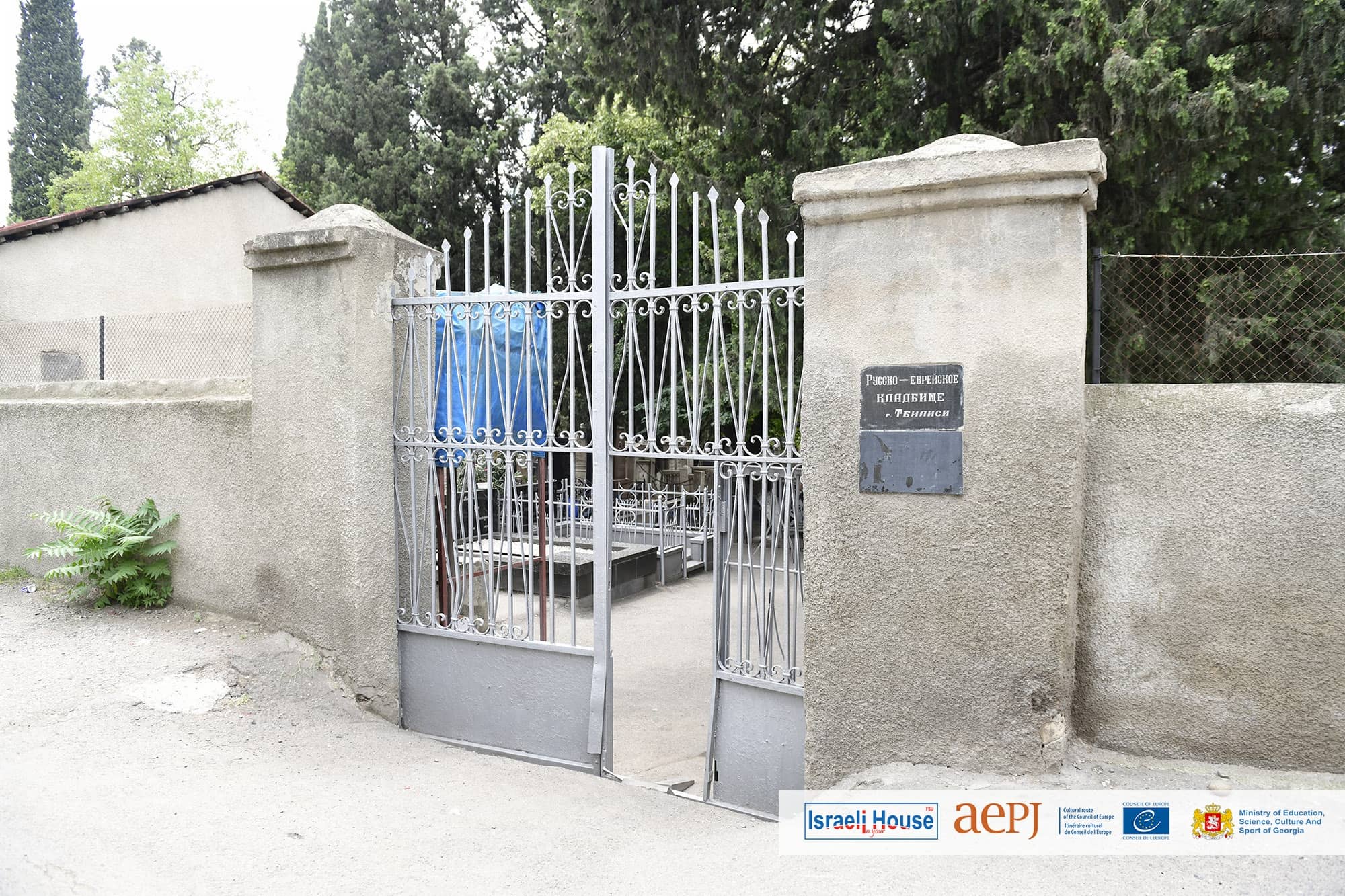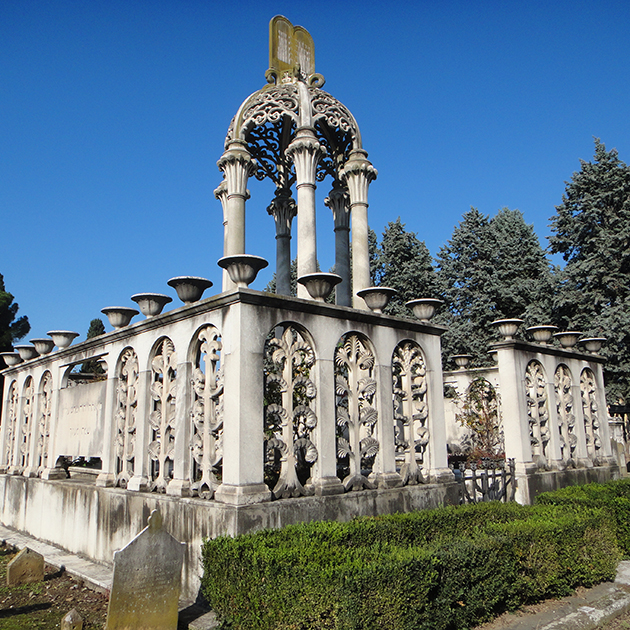The Harbin Jewish Cemetery is the witness of friendship between the Chinese and Jews. As a must-see for the Jews who visit Harbin, the cemetery is the biggest and best-protected Jewish cemetery of its kind in the Far East. The cemetery was initially established at No. 54, Dongda Zhi Street in 1903. During the 1920’s it was extended and relocated to Tai’an Street. With its 2,420 quare meters it was the largest among alien residents’ cemeteries at that time in Harbin. In 1958, the Harbin government decided to move the Jewish Cemetery to the Huang Shan (Royal Hill) Public Cemetery located at the outskirts of Harbin′s municipal boundaries. From approximate 3,000 graves of which 1,200 with tombstones, 853 were selected and transferred to an area of 6,532 square meters in an eastern suburb about 10 km from the center of Harbin.
The Jewish cemetery on the Huang Shan Public Cemetery adjoins in the north to the Chinese Cemetery, and in the west to the Russian Cemetery. An alley beginning at the entrance area of the Jewish cemetery leads to the north. One small lane, branching off from the alley, leads to the eastern and western parts. Besides these two are no other lanes on the cemetery. The area of the Jewish cemetery is divided in three areas comprise graves and tombstones: In a north, northeast and western area.
In the center of the entrance area of the Jewish cemetery stands a monument designed as a Magen David, which was erected in 2006. In the east of this area was built a Tahara-house (according to the Jewish ritual washing procedure of the deceased) by the Chinese in 2004. The whole process of maintenance and enhancement was promoted by a biographical coincidence: Israel′s Prime Minister Ehud Olmert’s grandfather J.J. Olmert lived, died, and is buried in Harbin. For this reason the Chinese municipality erected a memorial stone opposite the Tahara-house in honor of the living Israel′s Prime Minister Ehud Olmert. (Text by IceFestivalHarbin)
